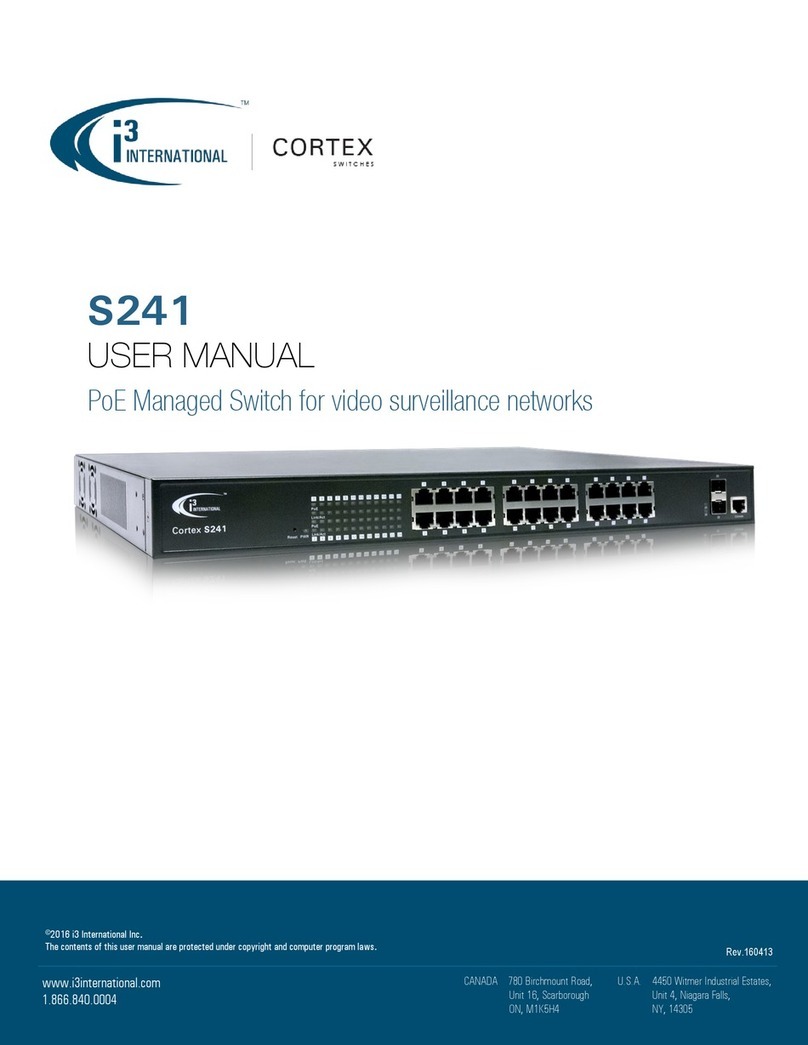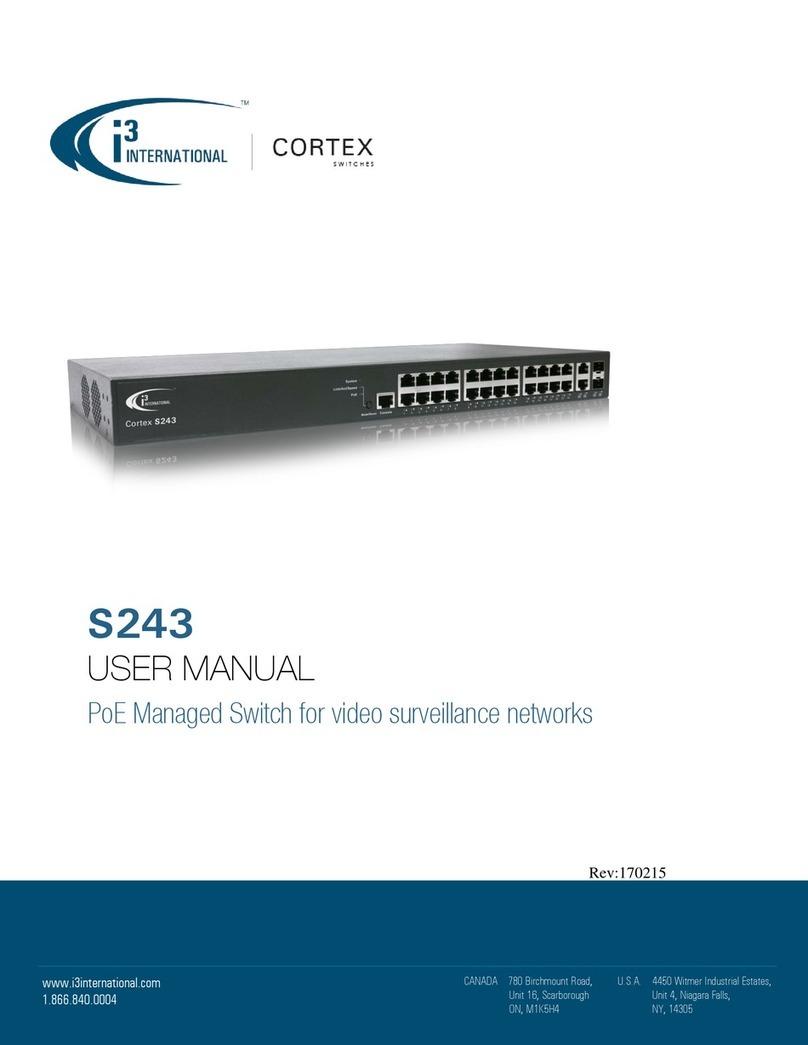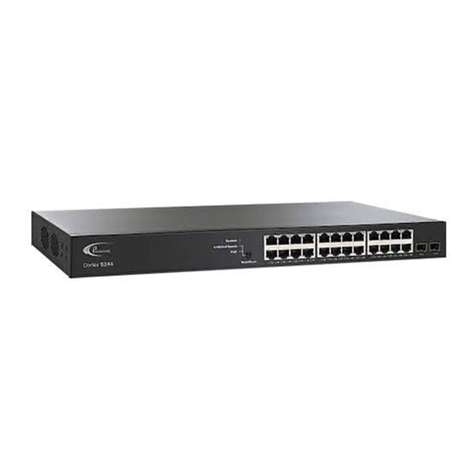
2
Table of Contents
Safety Warning ............................................................................................................................................ 1
Purpose............................................................................................................................................... 1
Audience ............................................................................................................................................. 1
FCC Warning........................................................................................................................................ 1
CE Warning.......................................................................................................................................... 1
Chapter 1 INTRODUCTION .................................................................................................... 8
Product Overview ................................................................................................................................ 8
Specifications...................................................................................................................................... 8
Package Contents.............................................................................................................................. 11
Chapter 2 HARDWARE DESCRIPTION .............................................................................................. 12
Front Panel........................................................................................................................................ 12
LED Indicators ................................................................................................................................... 12
Rear Panel......................................................................................................................................... 12
Connecting Power ............................................................................................................................. 12
Power ON/OFF Device ....................................................................................................................... 13
Installing Equipment .......................................................................................................................... 13
Network Connections ........................................................................................................................ 13
1000Base-T Ports ............................................................................................................................. 13
SFP Transceiver Slots ........................................................................................................................ 13
Installing an Optional SFP Transceiver................................................................................................ 13
Making Network Connections ............................................................................................................ 14
1000BASE-T Cable Requirements...................................................................................................... 15
Cable labelling and Connection Records ............................................................................................ 15
Troubleshooting................................................................................................................................. 15
Troubleshooting Chart........................................................................................................................ 16
Power and cooling problems ............................................................................................................. 16
In-Band Access ................................................................................................................................. 16
Chapter 3 ........................................................................................................................................... WEB
MANAGEMENT 17
Switch Configuration ......................................................................................................................... 17
System Configuration ........................................................................................................................ 18
System Information................................................................................................................... 18
IP ADDRESS .............................................................................................................................. 18
Network Time Protocol (NTP)..................................................................................................... 20
Time ......................................................................................................................................... 21
Log ........................................................................................................................................... 23
Green Ethernet .................................................................................................................................. 23
Ports Configuration............................................................................................................................ 24
The Ports .................................................................................................................................. 25
Ports Description....................................................................................................................... 26
DHCP ................................................................................................................................................ 26
DHCP Server Mode.................................................................................................................... 27
DHCP Server Excluded IP .......................................................................................................... 28
DHCP Server Pool...................................................................................................................... 28
DCHP Snooping......................................................................................................................... 29
DHCP Relay............................................................................................................................... 30
Security............................................................................................................................................. 31
Security Switch Users ............................................................................................................... 31
Security Privilege Level ............................................................................................................. 32































